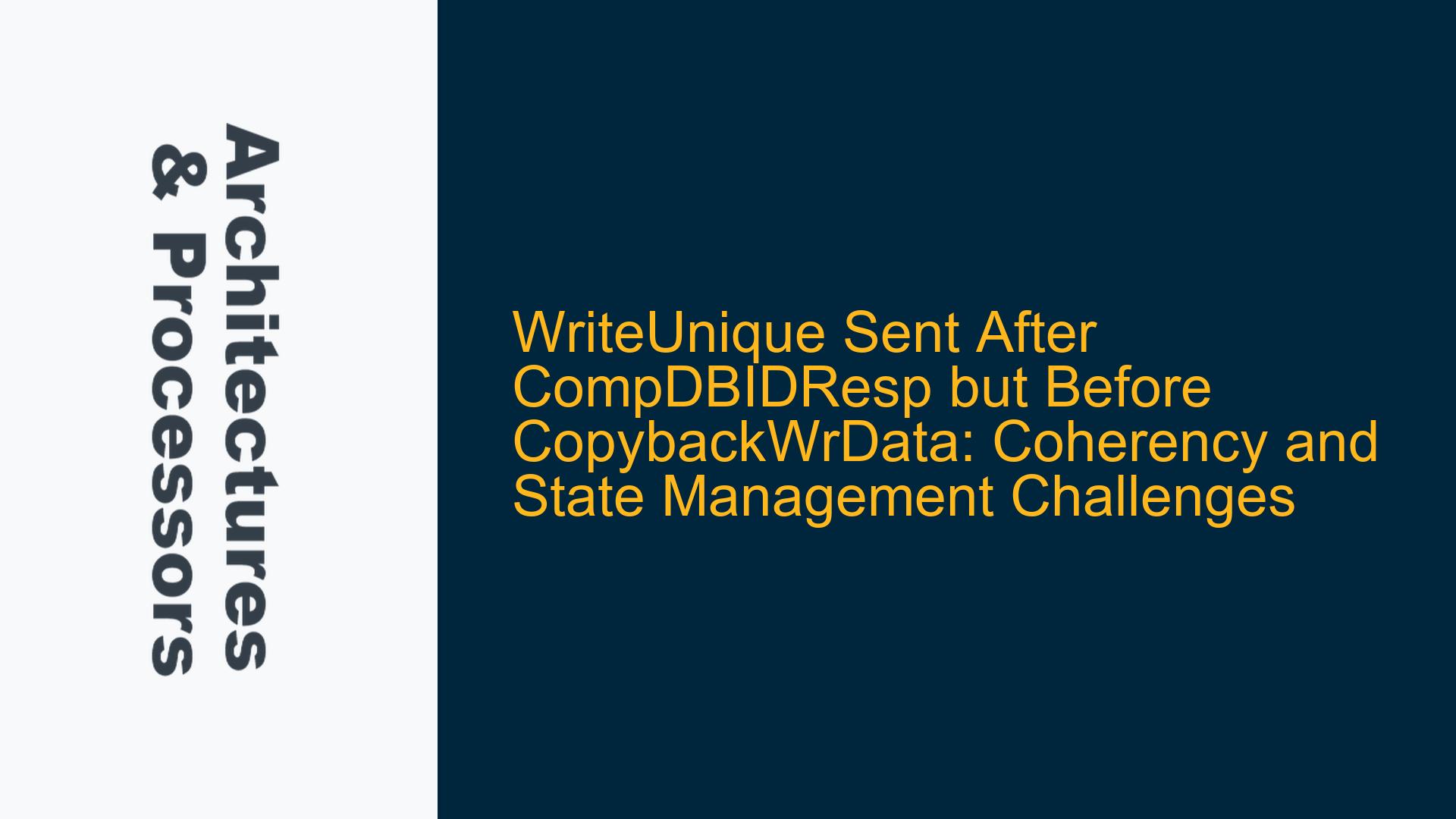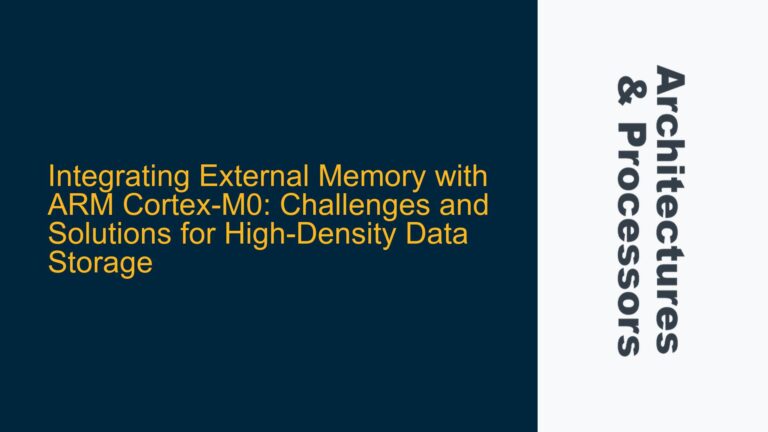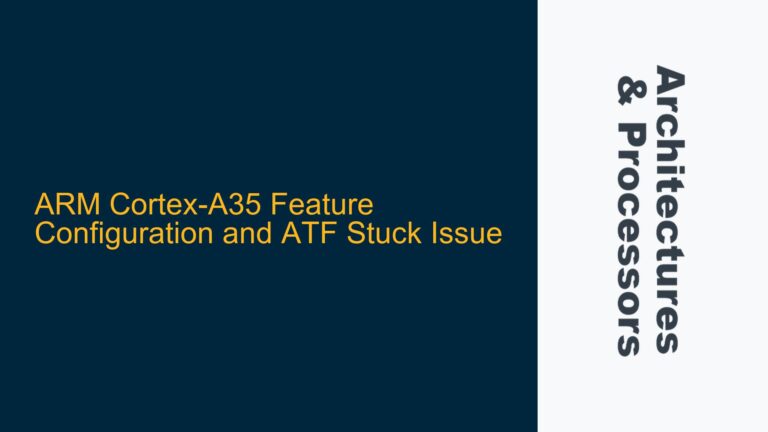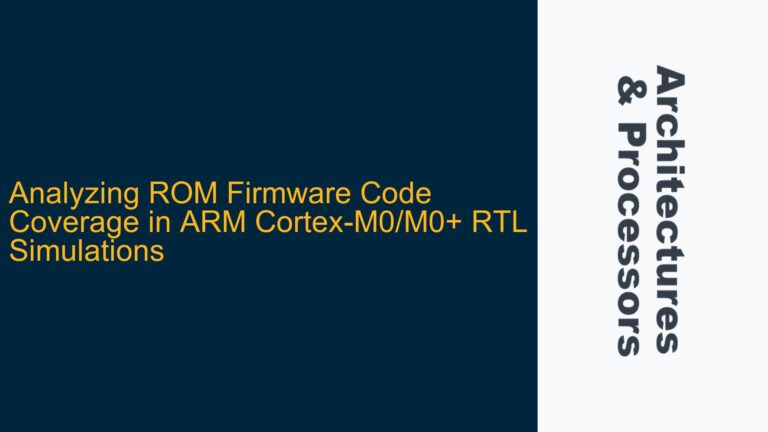WriteUnique Issuance During Cache Line Eviction in ARM CHI Protocol
The ARM Coherent Hub Interface (CHI) protocol is designed to ensure cache coherency and efficient data transfers between Request Nodes (RNs) and Home Nodes (HNs). A critical scenario arises when a cache line is being evicted, and a WriteUnique transaction is issued by an RN after the CompDBIDResp but before the CopybackWrData. This situation challenges the coherency state management and the ordering rules defined in the CHI protocol.
During a cache line eviction, the RN transitions through several states, including Unique Dirty (UD), before sending the CopybackWrData. The CHI protocol specifies that an RN must wait for the CompDBIDResp response before issuing another request to the same cache line. However, there is a narrow time window between the CompDBIDResp and the CopybackWrData where the RN is technically still in the UD state but can potentially issue a WriteUnique to the same cache line. This raises questions about the validity of the WriteUnique transaction and the state of the cache line during this period.
The core issue revolves around whether the cache line should be considered Invalid after the CompDBIDResp, thereby restricting the issuance of WriteUnique transactions until the CopybackWrData is completed. This scenario is further complicated by the fact that the WriteUnique and CopybackWrData transactions may arrive at the HN in any order due to their transmission on different channels, potentially leading to coherency violations or protocol breaches.
Memory State Ambiguity and Channel Ordering Constraints
The ambiguity in the cache line state during the eviction process stems from the interplay between the RN’s internal state transitions and the CHI protocol’s ordering rules. The RN transitions to the UD state before initiating the CopybackWrData, but the protocol does not explicitly define the state of the cache line between the CompDBIDResp and the CopybackWrData. This ambiguity can lead to scenarios where the RN issues a WriteUnique transaction while the cache line is still technically in the UD state, potentially violating the protocol’s coherency rules.
The CHI protocol’s channel ordering rules further complicate this scenario. The WriteUnique and CopybackWrData transactions are transmitted on different channels, which means they can arrive at the HN in any order. If the WriteUnique arrives before the CopybackWrData, the HN may process the WriteUnique while the cache line is still in the UD state, leading to potential coherency violations. Conversely, if the CopybackWrData arrives first, the HN may transition the cache line to the Invalid state before processing the WriteUnique, which could result in the WriteUnique being incorrectly handled.
The potential causes of this issue include the lack of explicit state definitions in the CHI protocol for the period between the CompDBIDResp and the CopybackWrData, as well as the inherent challenges of managing coherency across multiple channels with different ordering constraints. Additionally, the RN’s internal state machine may not adequately account for the narrow time window between the CompDBIDResp and the CopybackWrData, leading to the premature issuance of WriteUnique transactions.
Implementing State Synchronization and Protocol Compliance Checks
To address the challenges of WriteUnique issuance during cache line eviction, several steps can be taken to ensure state synchronization and protocol compliance. First, the RN’s state machine should be enhanced to explicitly account for the period between the CompDBIDResp and the CopybackWrData. This can be achieved by introducing an intermediate state, such as "Pending Copyback," which indicates that the cache line is in the process of being evicted but has not yet completed the CopybackWrData transaction. During this state, the RN should be prohibited from issuing any transactions to the cache line, including WriteUnique.
Second, the HN should implement additional checks to ensure that WriteUnique transactions are only processed when the cache line is in a valid state. This can be achieved by maintaining a shadow state for each cache line that tracks the RN’s state transitions. When a WriteUnique transaction is received, the HN can consult the shadow state to determine whether the cache line is in a valid state for processing the WriteUnique. If the cache line is in the "Pending Copyback" state, the HN should queue the WriteUnique transaction until the CopybackWrData is received and processed.
Third, the CHI protocol’s channel ordering rules should be carefully reviewed and potentially revised to ensure that WriteUnique and CopybackWrData transactions are processed in the correct order. This may involve introducing additional synchronization mechanisms, such as barriers or acknowledgments, to ensure that the HN processes transactions in the correct sequence. Additionally, the protocol should be updated to explicitly define the state of the cache line during the eviction process, including the period between the CompDBIDResp and the CopybackWrData.
Finally, comprehensive verification strategies should be employed to validate the enhanced state machine and protocol compliance checks. This can include the use of formal verification techniques to prove the correctness of the state transitions and the handling of WriteUnique transactions during cache line eviction. Additionally, simulation-based testing should be conducted to validate the behavior of the RN and HN under various scenarios, including edge cases where WriteUnique and CopybackWrData transactions are issued in close succession.
By implementing these steps, the challenges of WriteUnique issuance during cache line eviction can be effectively addressed, ensuring that the ARM CHI protocol maintains coherency and operates correctly in complex SoC designs.






